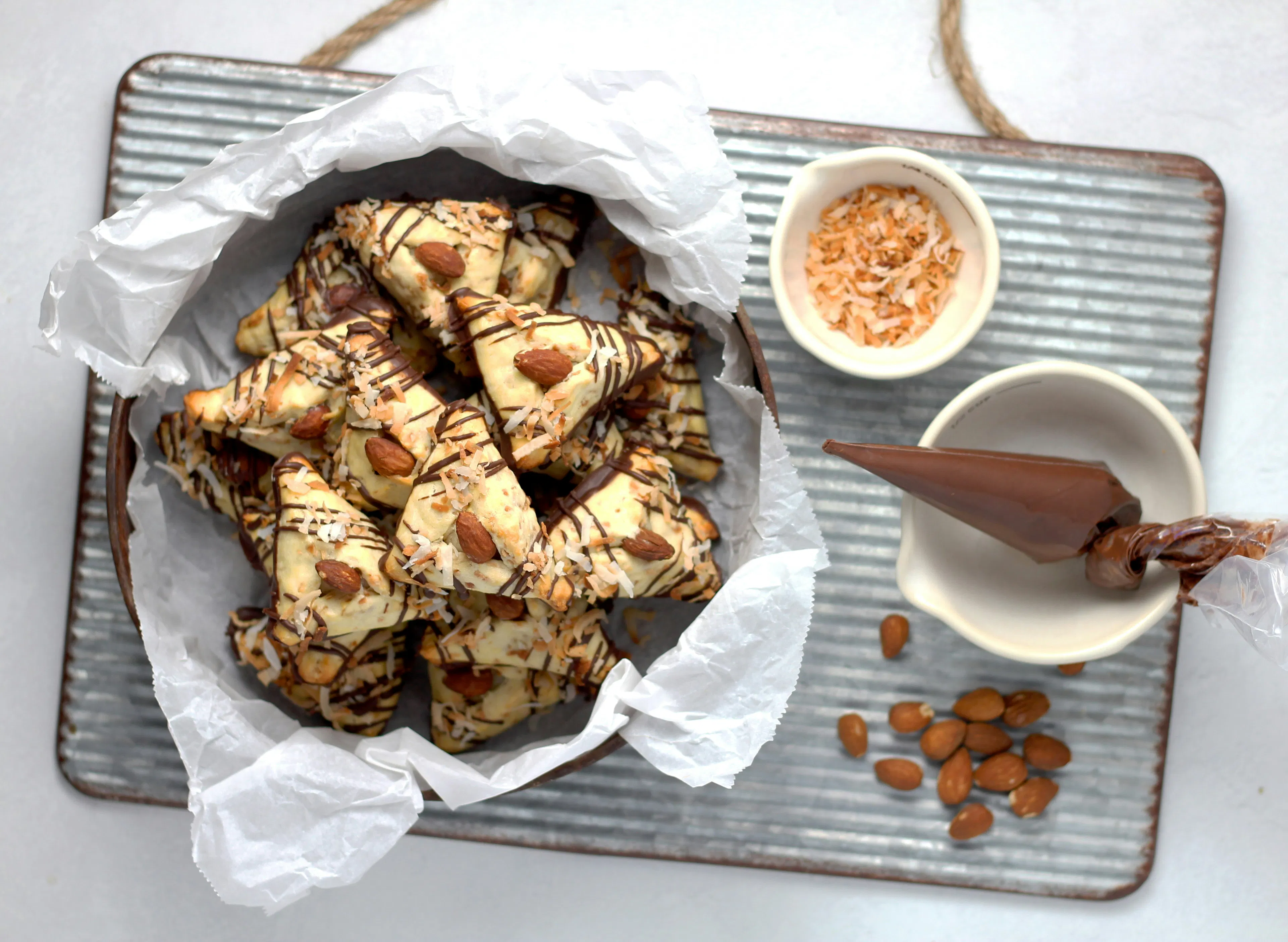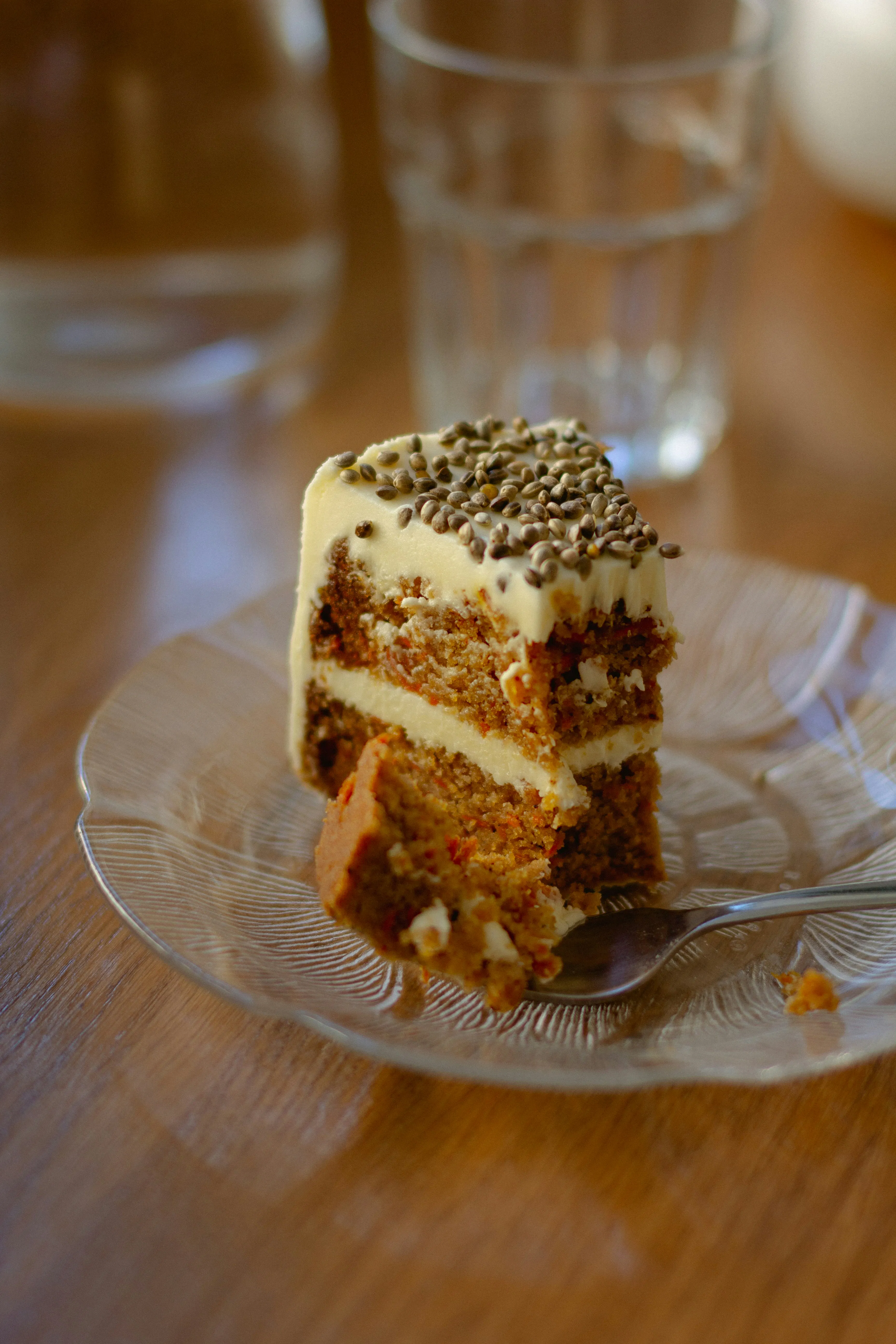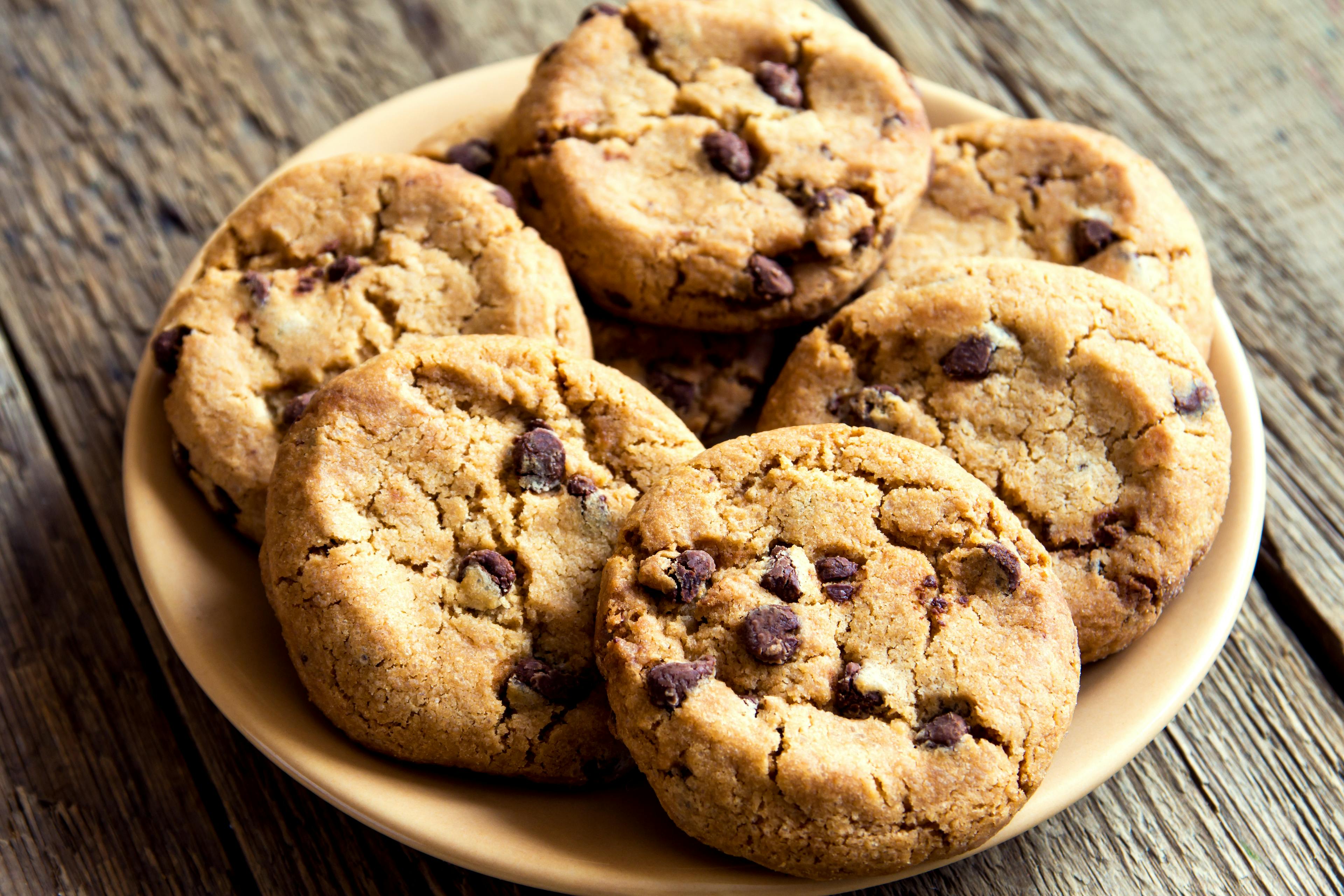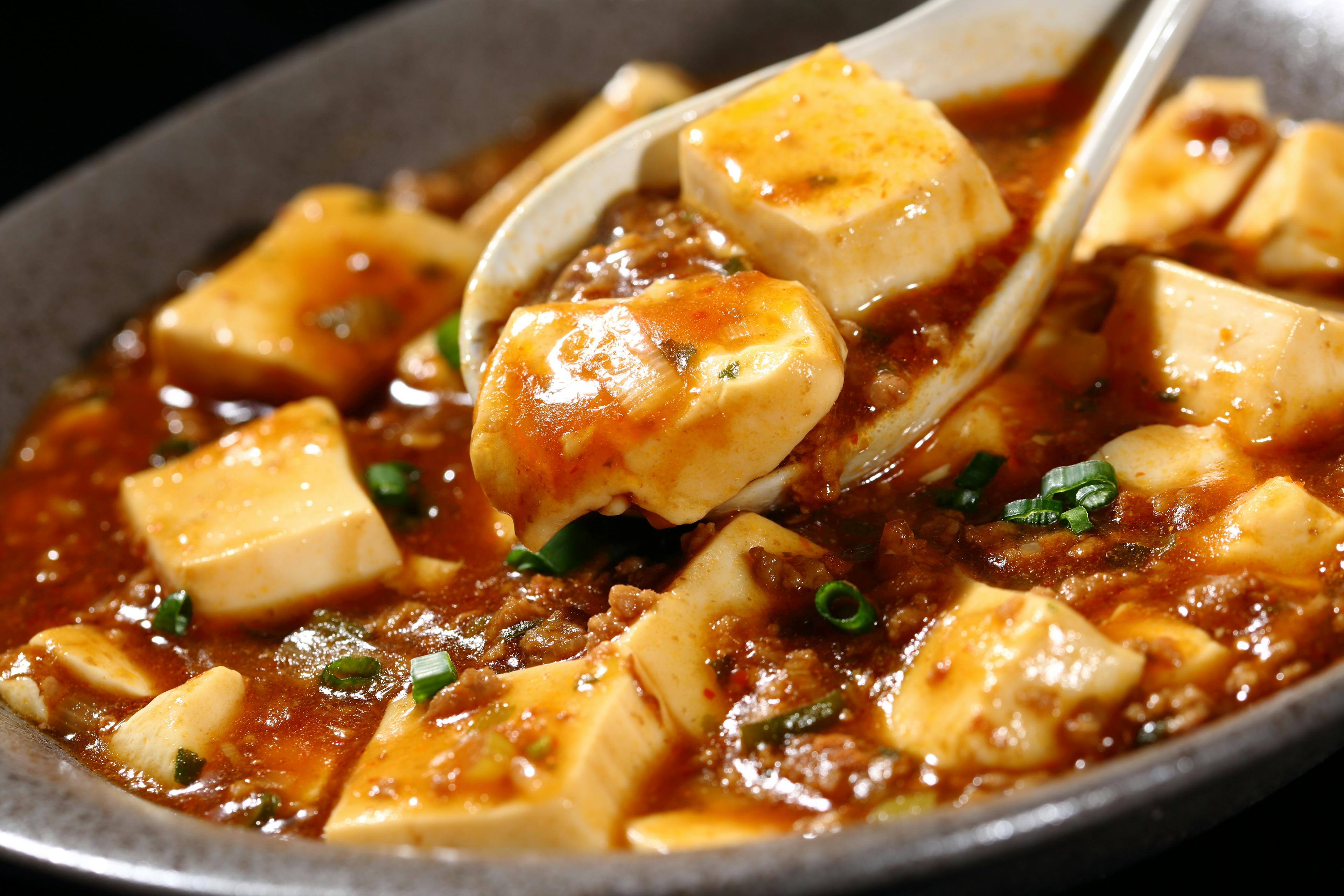
Ingredients
Get them through the links below to support the creator.
For the falafel:
- 6 cups dried chickpeas
- 4 onion, small, roughly chopped
- 16 cloves garlic
- 4 cup fresh parsley leaves
- 4 cup fresh cilantro leaves
- 4 teaspoon ground cumin
- 4 teaspoon ground coriander
- 4 teaspoon salt
- 1 teaspoon black pepper
- 1 teaspoon cayenne pepper (optional)
- 4 tablespoon lemon juice
- 8 tablespoons all-purpose flour or chickpea flour
- 4 teaspoon baking powder
For frying:
- Vegetable oil
For serving:
- Pita bread or flatbread
- Tahini sauce
- Chopped tomatoes
- Chopped cucumbers
- Chopped lettuce
- Pickles (optional)
Nutritional Information
Calculated based on standard values with available measurements and may therefore not be accurate.
Nutritional information not available.
Instructions
Step 1
Rinse the dried chickpeas thoroughly under cold water, then place them in a large bowl. Add enough water to cover the chickpeas by a few inches. Allow them to soak for at least 12 hours or overnight. The chickpeas will double in size, so make sure to use a large enough bowl.
Step 2
Once the chickpeas are soaked, drain and rinse them again. Transfer the chickpeas to a food processor. Add the onion, garlic, parsley, cilantro, cumin, coriander, salt, black pepper, cayenne pepper (if using), and lemon juice.
Step 3
Pulse the mixture in the food processor until it forms a coarse meal. Scrape down the sides of the bowl as needed. Avoid over-processing, as you want the falafel to have some texture.
Step 4
Sprinkle the flour and baking powder over the mixture, then pulse a few more times until everything is well combined. The mixture should hold together when squeezed.
Step 5
Transfer the falafel mixture to a bowl, cover, and refrigerate for at least 1 hour. Chilling helps the mixture firm up and makes it easier to shape.
Step 6
While the mixture is chilling, heat vegetable oil in a deep skillet or pot over medium-high heat. You'll need enough oil to submerge the falafel balls.
Step 7
Once the falafel mixture has chilled, remove it from the refrigerator. Using wet hands, shape the mixture into small balls or patties, about 1 ½ inches in diameter.
Step 8
Carefully drop the falafel balls into the hot oil, a few at a time, without overcrowding the pan. Fry them until they turn golden brown and crispy, about 3-4 minutes per side. Use a slotted spoon to remove them from the oil and transfer them to a paper towel-lined plate to drain excess oil.
Step 9
Repeat the frying process with the remaining falafel until all the mixture is used.
Step 10
Serve the falafel in warm pita bread or flatbread, accompanied by tahini sauce, chopped tomatoes, cucumbers, lettuce, and pickles if desired.
Step 11
Warm 2 tablespoons of oil in a wok or large frying pan set to high heat. When the oil begins to shimmer, cook the tempeh for 3-4 minutes until it turns golden and the edges are slightly charred. Take the tempeh out of the pan and place it on kitchen paper to drain.Step 12
If the pan seems dry, add a little oil and then sauté the onion for 3-4 minutes, stirring constantly. When the onion is softened, add the garlic, lemongrass (if using), ginger, and chili. Stir frequently and cook for 3 minutes until everything is fragrant.Step 13
Mix in the mange tout and broccoli, then add 50ml of water to the pan to produce steam. Let it cook for 3-4 mins. Incorporate the soy sauce and brown sugar, then put the tempeh back into the pan and toss everything together, cooking for another 2-3 mins until the mixture is tender and sticky. Fold in half of the coriander.Step 14
Prepare the rice according to the package directions, then distribute it between two bowls. Add the stir-fry on top and sprinkle with the remaining coriander.
Recipe Story
Soaking time: 12-24 hours
Falafel, a beloved Middle Eastern dish, has gained international recognition for its delicious flavours and vegetarian appeal. With a crispy exterior and a tender, herb-infused interior, falafel has become a popular street food and a staple in Middle Eastern cuisine. The origins of this delectable treat can be traced back centuries, as it has evolved and spread across various cultures.
The exact origins of falafel are a subject of debate, with multiple countries claiming to be its birthplace. Some believe it originated in Egypt, while others attribute its creation to Lebanon or Palestine. Regardless of its exact origins, falafel has become an integral part of the culinary traditions in the Levant region and beyond.
Traditionally, falafel was made using fava beans, but over time, chickpeas became the preferred choice. The use of chickpeas offers a nutty flavour and a creamier texture, making it a perfect base for the mixture. The combination of soaked chickpeas, aromatic herbs like parsley and cilantro, and a blend of spices creates a harmonious blend of flavours that tantalise the taste buds.
Falafel gained popularity due to its vegetarian nature, making it a go-to option for those seeking meat-free alternatives. It quickly found its way into street food stalls, where it was served with warm pita bread, fresh vegetables, and tangy sauces. The portable nature of falafel, wrapped in a pita or flatbread, made it an ideal on-the-go meal, satisfying hunger pangs and delighting taste buds.
Today, falafel has transcended its Middle Eastern roots and has found its place in global cuisine. It has become a favourite choice for vegetarians and vegans worldwide, appreciated for its versatility and delicious flavours. Whether enjoyed as a snack, part of a mezze platter, or tucked into a sandwich, falafel continues to captivate food enthusiasts with its irresistible combination of crispy, golden exterior and a soft, flavourful interior.
In this recipe, we will guide you through the process of creating homemade falafel that rivals the best you've tasted. From soaking the chickpeas to blending them with fresh herbs and spices, and finally frying them to perfection, you will experience the joy of making this beloved dish from scratch. So, let's embark on a culinary adventure and discover the magic of falafel in your own kitchen.







